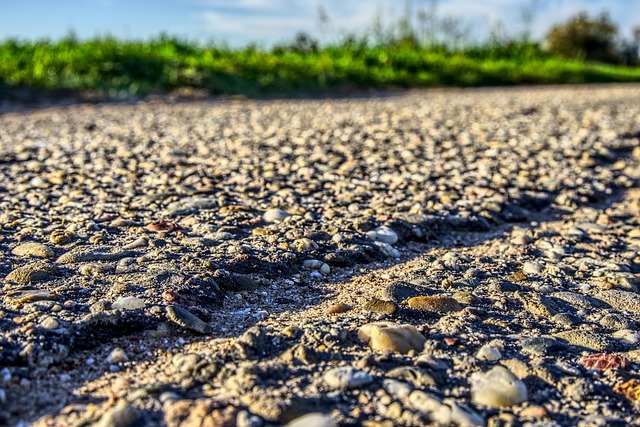The world we live in is increasingly marked by the relentless impact of climate change, reshaping our environment in ways that go beyond mere weather patterns. One of the most alarming consequences of this change is the wave of migration forced by extreme weather events. As storms grow stronger and more frequent, communities around the globe find themselves in a fight for survival, leading many to abandon their homes in search of safety and stability.
Every year, extreme weather events like hurricanes, floods, and droughts displace millions of people, tearing apart families and communities. The unimaginable power of nature has turned once-stable regions into battlegrounds of resilience, where the struggle against the elements often leads to heartbreaking decisions. People who’ve always called a place home find themselves on the move, driven not just by the hope of safety but also by the deep-seated need for security and basic livelihood.
This migration is not a choice but a necessity, an act of desperation facing rising sea levels that engulf coastal towns or heatwaves that render farmland uninhabitable. The ability to adapt often feels like an uphill battle when livelihoods are tied so closely to the environment, which is now more unpredictable than ever. Families uprooted by the fury of Mother Nature carry scars of loss and uncertainty with them, seeking new beginnings while grappling with the residue of their former lives.
As we grapple with these challenges, it becomes increasingly essential to recognize that climate change doesn’t just threaten the environment; it impacts human lives in profound and often devastating ways. Each statistic about migration represents a narrative of struggle, community, and resilience. Understanding these personal stories can deepen our empathy, pushing us to advocate for sustainable practices that will protect both our planet and its inhabitants from similar fates.
Furthermore, the intersections between migration and climate change extend beyond borders. Countries that contribute the least to greenhouse gas emissions often face the most severe consequences of natural disasters. As communities become more vulnerable, the responsibility falls on the global community to address climate justice, striving to create a world where safety is not a privilege based on geographic location. In facing these accelerating challenges, we must work together to build a more secure future — one where migration does not have to be the only means of survival.
The fight against climate change requires collective action at all levels, from ambitious policy changes to grassroots awareness campaigns. It is through education and solidarity that we can move towards a more sustainable future, where we are not merely surviving the storm but actively combating its causes. Each of us has a role to play in this narrative, one where empathy toward displaced communities turns into actionable support and meaningful change.




